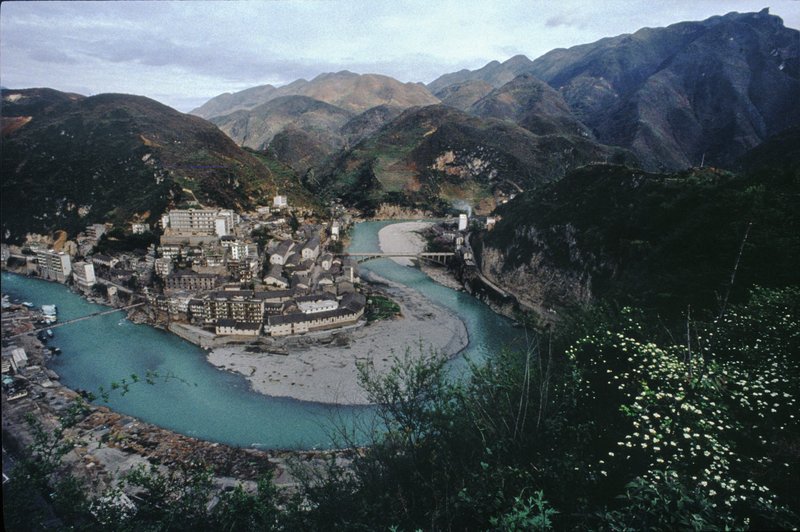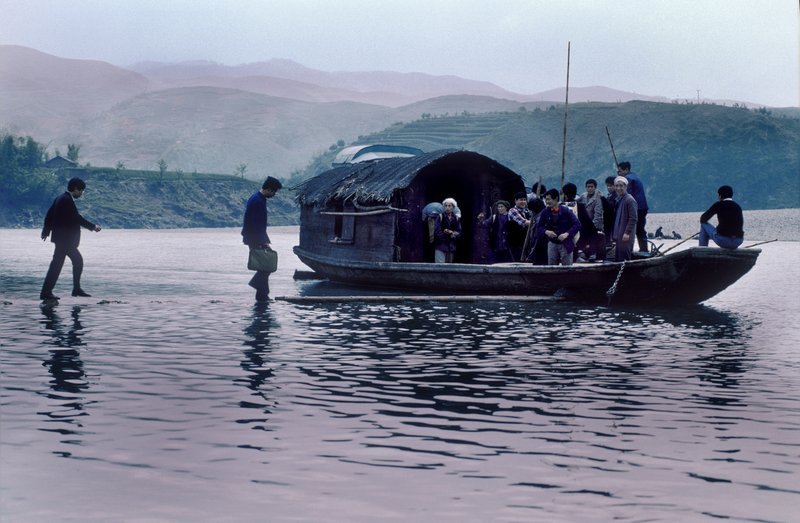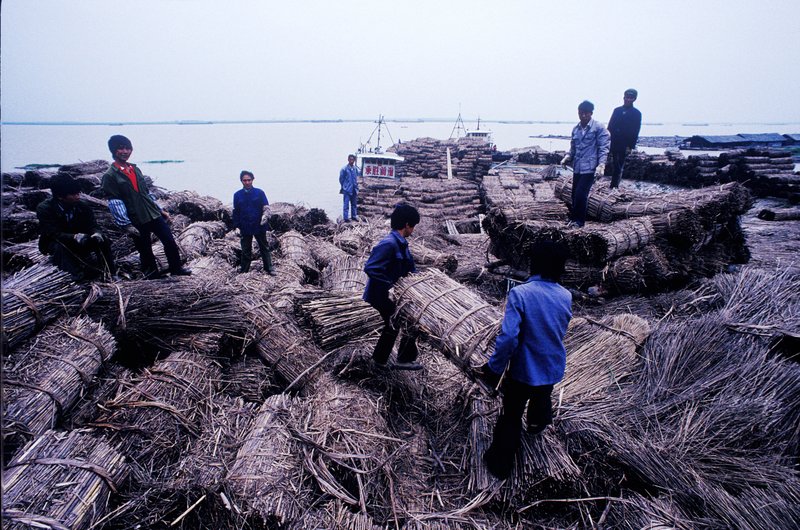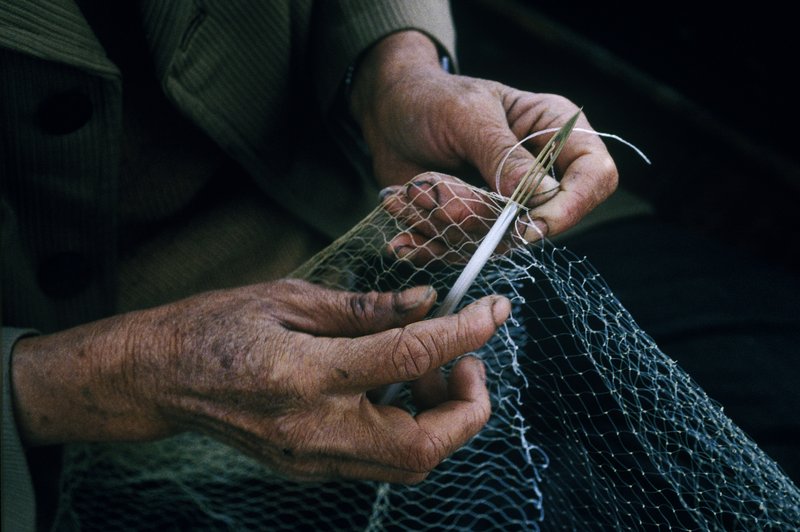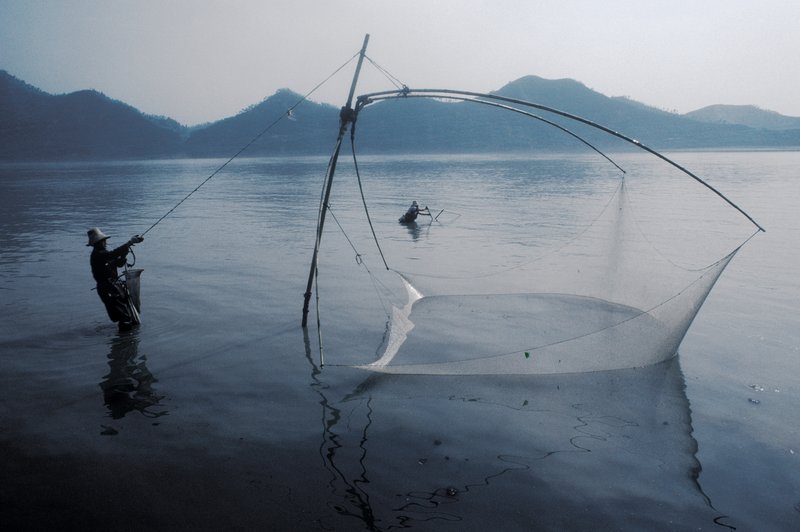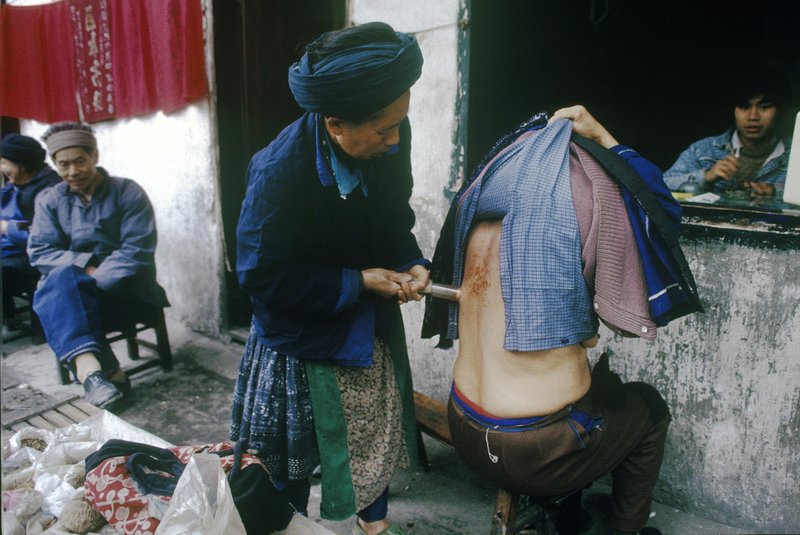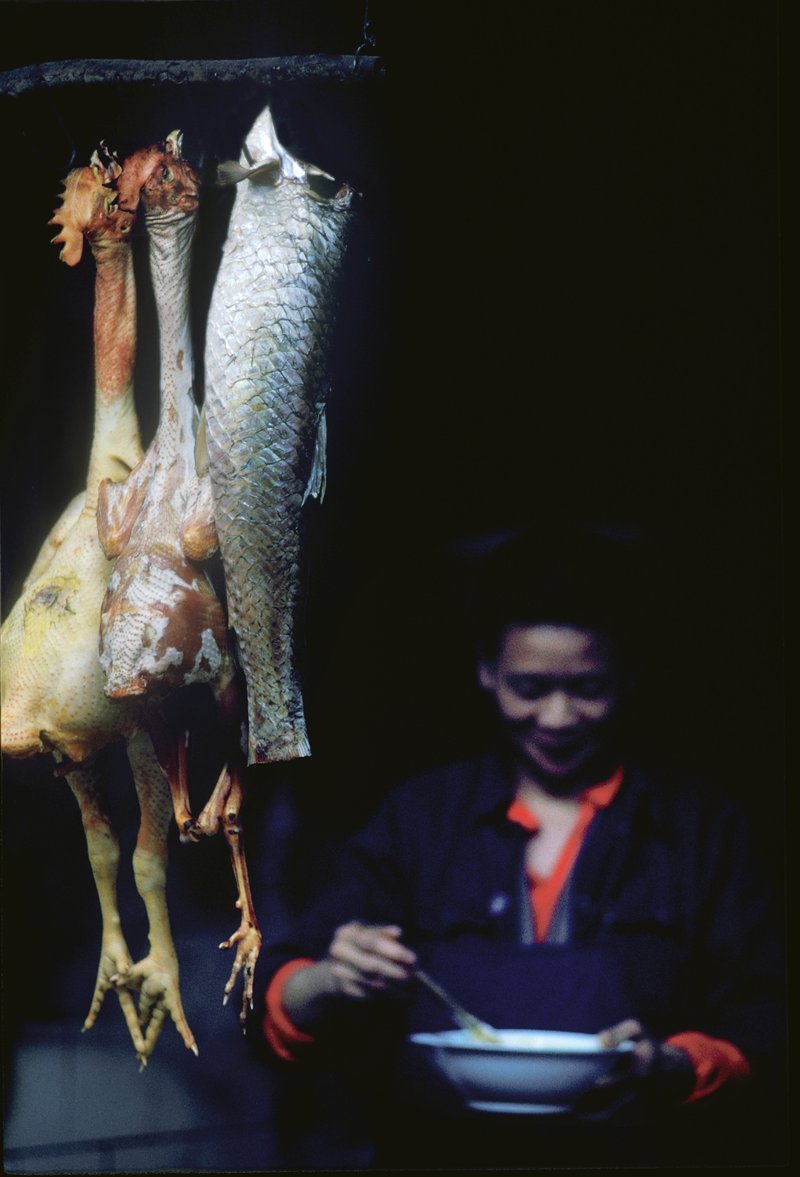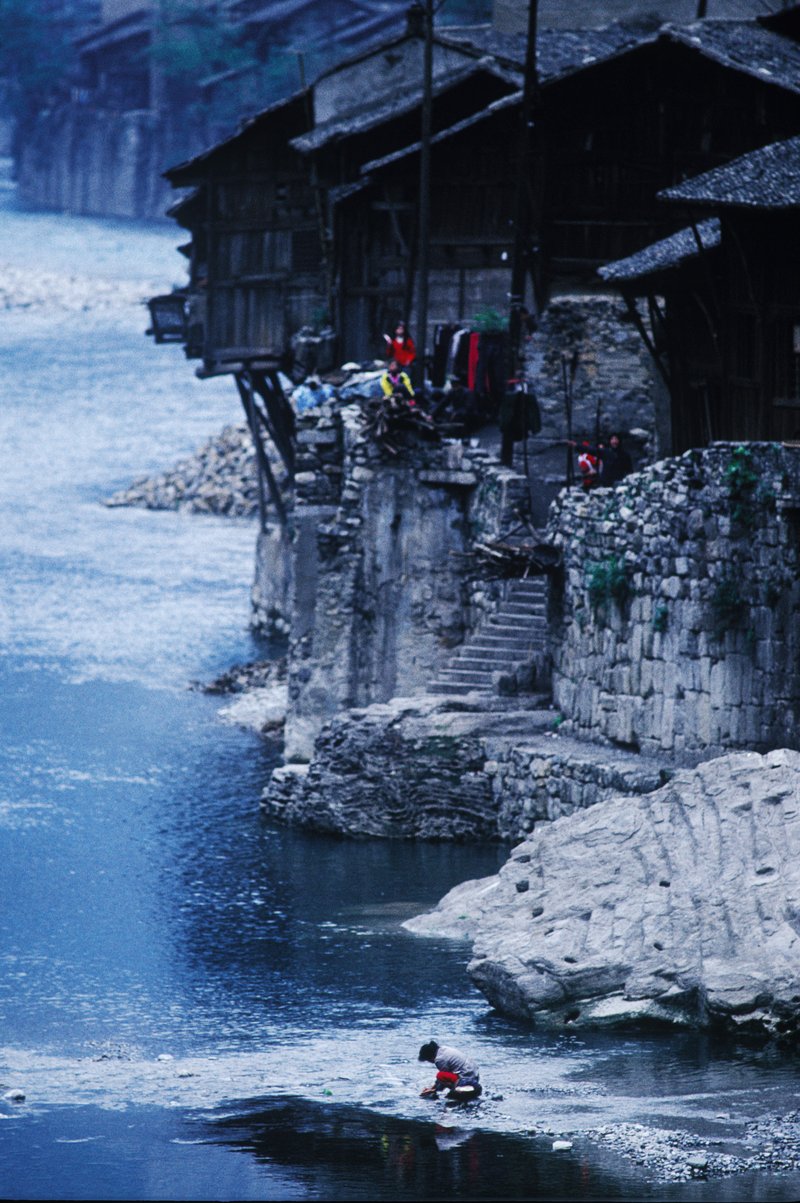Rick Rickman: China Before the Three Gorges Dam
The Three Gorges Daning River Communities
Lives Lost to the Water
By Rick Rickman
In 1989 I was fortunate to be one of 200 photographers to be given unfettered access to China, the world’s most enigmatic and populous superpower that was just then coming into its own. The project was the "Day In The Life Of China” book.
This assignment would offer me an opportunity to visit and record one of the most spectacular regions of China. The Daning River’s Three Gorges region. This area was one of China’s most sought-after tourist attractions as well as one of China’s most complex mixtures of lifestyles and historic artifacts.
Situated on the outer regions of the Sichuan province in the eastern central area of China the Daning River gorges are a substantial tributary to the infamous Yangtze, the nation’s largest river.
Little did I know then that much of what I was seeing would be buried underwater in just over 10 years and approximately 1.3 million people would be displaced from the ancestral homelands along the banks of the river. The Three Gorges Dam would effectively bury a Chinese historical lifestyle forever.
The adventure started as I began the journey to WUXI, China, a town near the headwaters of the Daning River. It took almost four days traveling by boat, Ox cart burrow and often foot when the roads became too muddy to use. I travelled with a translator who was invaluable but often baffled by my insistence on getting to my location regardless of the difficulties.
There were opportunities to experience amazing diversity of lifestyle along the way showing the connection to these historic water communities. There were fascinating scenes like First graders performing music in the courtyard of a Dachang primary school. Ironically, this was a small-size class.
All things along the river depended on the river. The river provided employment, shipping building material, fishing, as well as repairing the equipment for the fishermen. Much of the commerce took place on the streets. Holistic and traditional medicine happened on benches or stools just outside doorways. Meat markets used open windows as product displays, the barbershops operate just outside the wall of other shops or dwellings.
Entrepreneurs abound on every street of WUXI. One of the most interesting aspects was witnessing the adaptability of the workers and businesspeople along the river to find opportunities to make a living. The commuter boats were fascinating. They would pick up people commuting down river every workday, and they had placed steppingstones to keep the businessmen’s work shoes relatively dry.
On the city streets bicycles abound. Literally thousands of people on bicycles move through the city streets creating great business opportunities for the cycle repairmen. In smaller cities like Dachang life in the streets are filled with impromptu events. Young artists find places to paint as residents stand in doorways to watch.
At the time, in the late 80’s public displays of affection were frowned upon and often prosecuted, so young lovers found places out of sight to enjoy each other’s company. However, the tributes to Mao abound everywhere.
The traditional chores like laundry were performed in unique and yet utilitarian places. Many communities had built homes right along the cliff edges of the river. Several roofing tile businesses made use of the great clay availability and built profitable ventures on the banks of the Daning River.
Agriculture and the farming lifestyle were the most prevalent on many levels of land along the Daning. Farmers found ground high in the hills in sparse sections along the high trails under the Three Sisters Peaks and in the rich soil along the banks of the river. Most of the farming was done by hand at that time or by using livestock for heavy assistance.
In 2003 all things began to change. The Three Gorges Dam came online and became the largest dam in the world. The effect on the communities was dire. The creation of the dam flooded 13 cities, 140 towns and 1,350 villages as well as numerous sites of cultural, historic and religious heritage. As a result, 1.3 million inhabitants were relocated, many from rural areas to cities. For the people displaced by the dam, leaving their ancestral homes wasn’t only a physical loss but also a cultural one. Generations-old traditions, folklore, and community bonds rooted in specific villages and landscapes were disrupted. This displacement can be portrayed through the experiences of older generations who feel a deep connection to the land, juxtaposed with younger characters who might be more ambivalent, creating a clash between traditional and modern values.
Some sites of historical and cultural importance were relocated to avoid submersion. However, the process was rushed, and the cost was staggering. Relocating massive monuments like temples and statues led to incomplete or imperfect preservation, and some artifacts were damaged beyond repair.
Much of what I experienced on the assignment in China is now underwater and many of the people that I photographed have been relocated. One of the beauties of photojournalism is its ability to record and preserve historical references and past ways of lives allowing humanity to examine and learn from their past. The question in the case of the Daning River and the Three Gorges Dam is, “was what was done worth the cost involved?”

